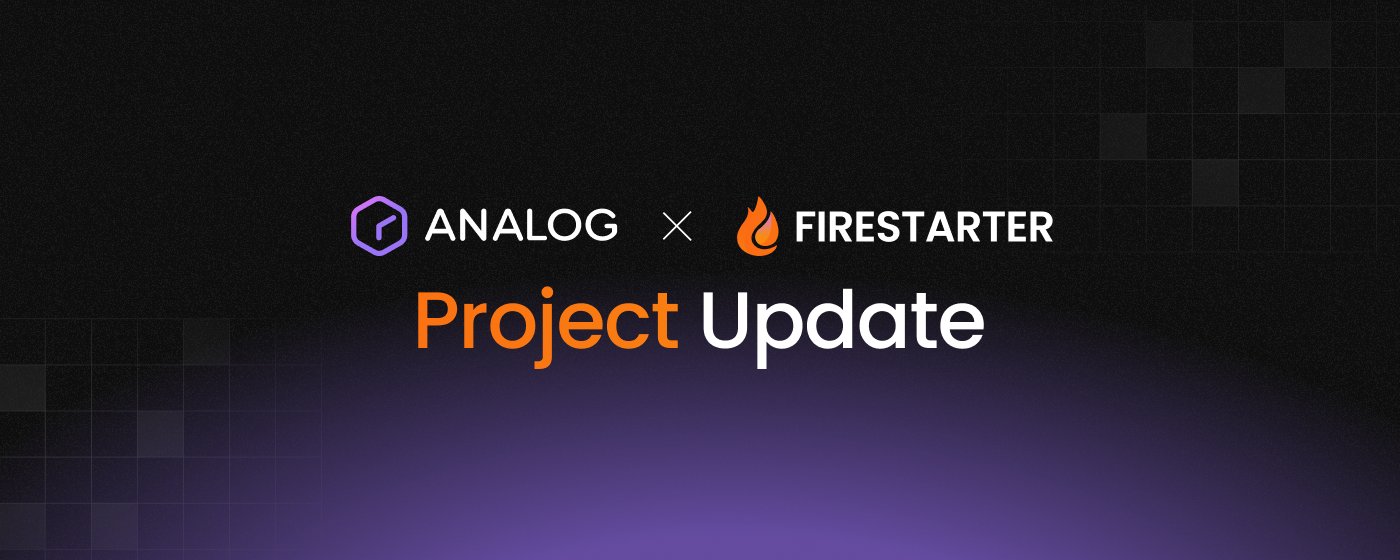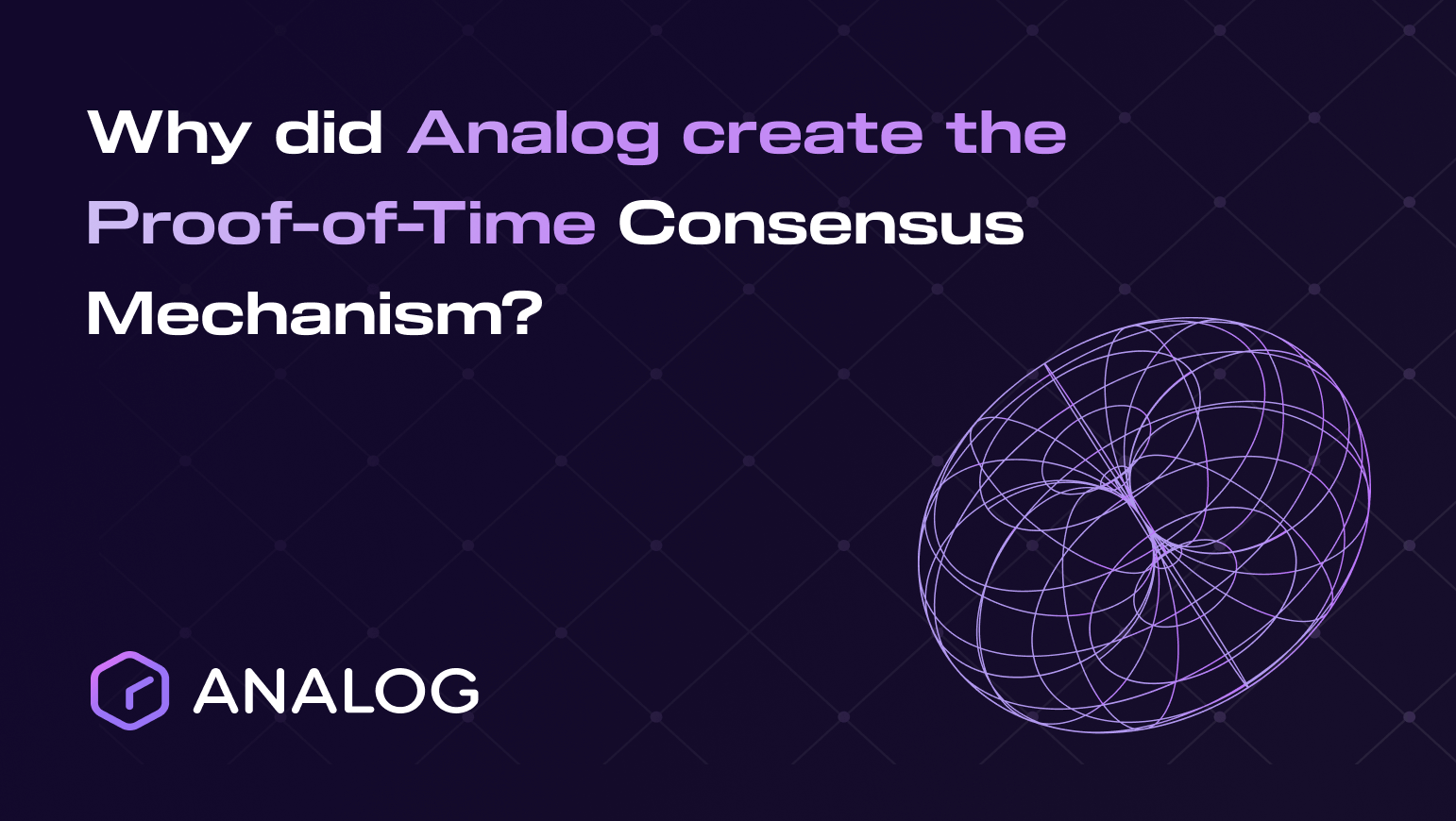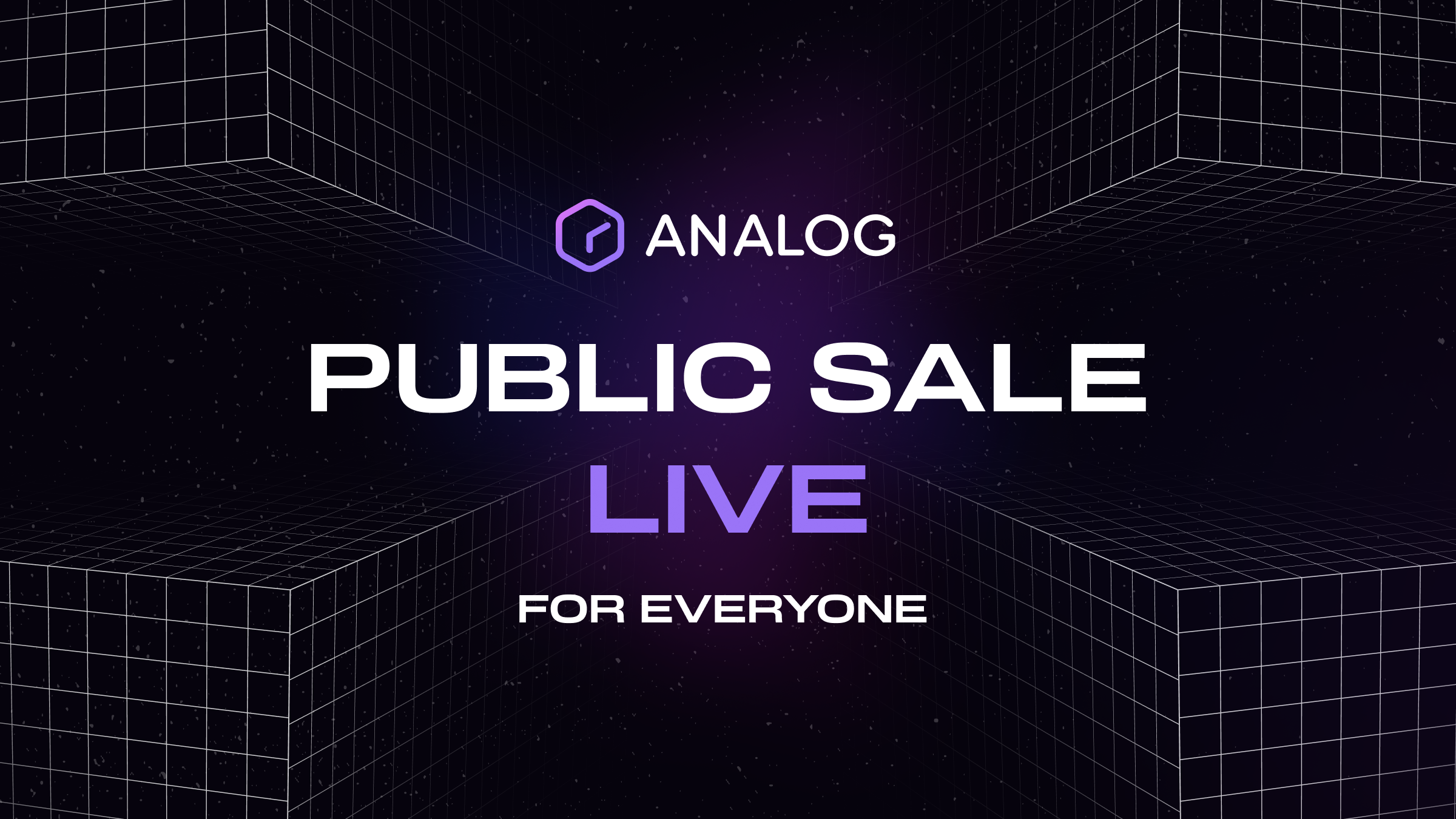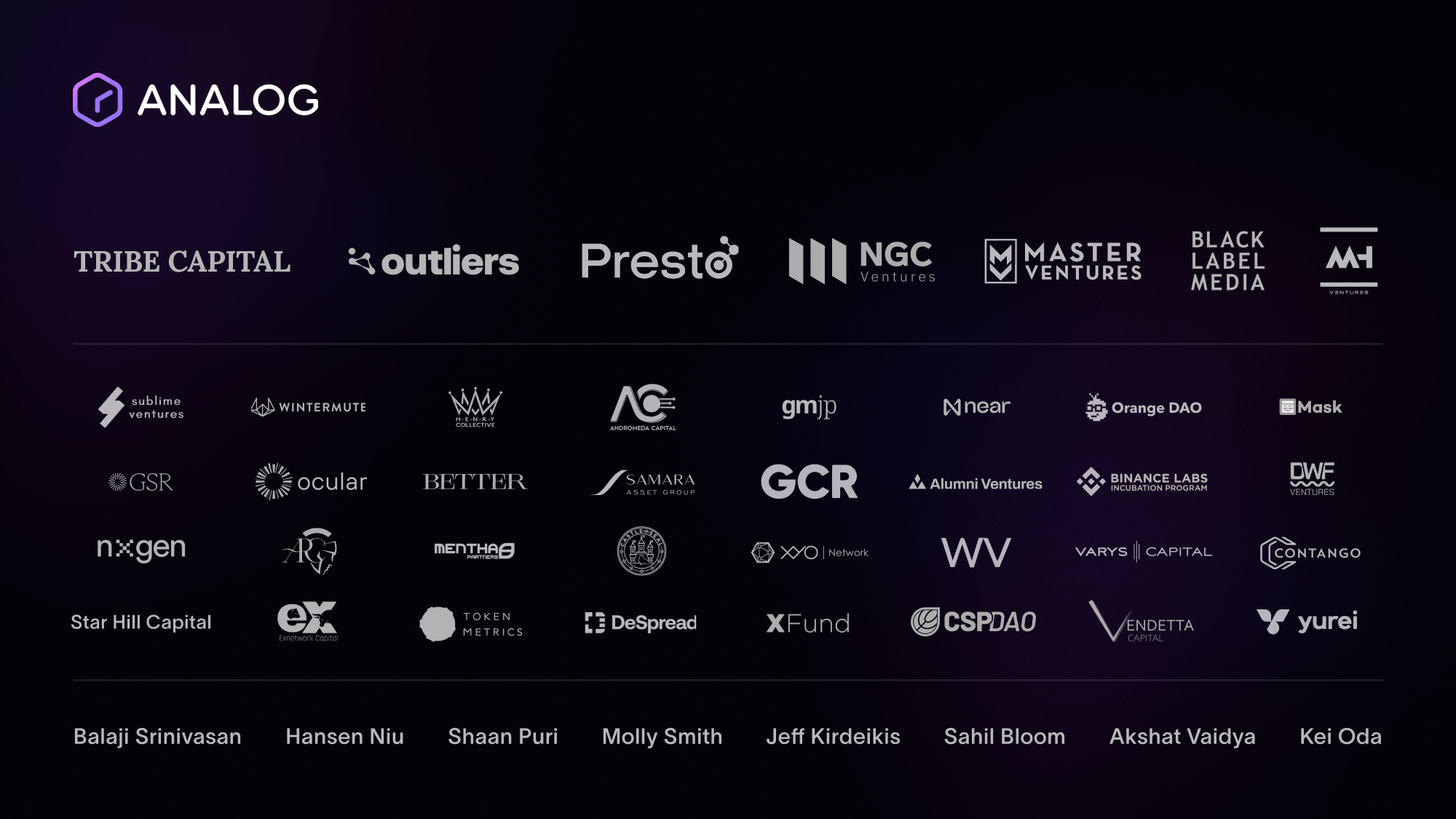
Let’s talk about a better way to launch tokens without relying on sketchy market makers, empty liquidity, or exchange listings.
What’s the Problem with Traditional Token Launches?
Most projects launch into thin air.
They open trading with a low float, no real market depth, and a prayer that enough speculators show up to create volume. It’s chaotic, volatile, and fragile. One whale can wreck the chart. One bad listing timing can kill momentum.
Liquidity is usually dependent on centralized actors. whether it’s a CEX listing, an OTC desk, or a few trusted LPs. That’s not sustainable.
Bonding curves offer a different model. One where the pricing and liquidity live inside the token contract itself.
How Bonding Curves Actually Work
A bonding curve is a pricing formula that links the token price to its circulating supply. When someone buys a token, the supply increases, and the price automatically rises along the curve. When someone sells, the token is burned or returned to the contract, and the price moves back down.
This creates continuous, built-in liquidity. There’s no need for a counterparty on the other side of the trade, the contract is the market.
You can design the shape of the curve to match your project goals:
A steeper curve rewards early buyers with bigger gains.
A flatter curve allows for smoother, less volatile growth.
A hybrid curve can offer early incentives without massive pump-and-dump dynamics.
Why Firestarter Uses Bonding Curves
On Firestarter, the bonding curve is the launch mechanism.
There’s no external LP to manage. No waitlist for listings. No need to seed liquidity pools on multiple DEXs. The project deploys the curve, and that’s where the token is minted, bought, and sold.
Every buyer pushes the system forward. The price moves predictably based on demand. The curve ensures that liquidity is always present and that pricing is transparent from the very first purchase.
That means the team can focus on building, not chasing hype cycles or coordinating with third parties. And participants can enter and exit freely, without fearing slippage or illiquid markets.
Why This Matters (For Builders and Buyers)
Bonding curves remove friction for both sides of the market.
For builders:
You don’t need to raise capital just to “seed” a market.
You can fund development directly through demand.
You’re no longer reliant on whales, VCs, or CEX listings.
For buyers:
You know exactly how price evolves as adoption grows.
You can buy in or exit at any time, without hunting for counterparties.
You’re participating in a system with transparent rules and no artificial volatility.
This also creates better alignment between project teams and their communities. Since all early activity flows through the curve, early demand directly funds future growth. And everyone can see how value moves through the system. there are no backdoors or insider games.
Final Thoughts
Firestarter will prove that token launches don’t have to be chaotic or opaque.
By using bonding curves, projects get a launch mechanism that’s transparent, fair, and built for long-term sustainability. not short-term speculation. It’s not about hype. It’s about creating a system that rewards real interest and provides liquidity from day one.
If you’re building something that deserves to last, don’t launch into a black hole. Use a bonding curve and launch into momentum.










